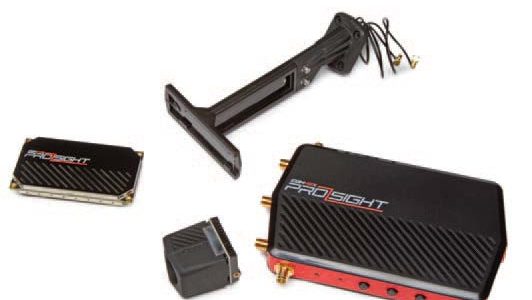FPV pilots often favor analog systems for their zero-latency signal transmission. Analog inherently comes without latency issues— its transmission travels at the speed of light. With the increased public interest in FPV racing, however, problems have arisen. When racing in the vicinity of other pilots who are transmitting analog signals on the same
frequency, receivers can (and will) pick up the other pilots’ signals. You can imagine what comes next.
The switch from analog to digital has already occurred in nearly all other areas of tech, but digital wireless systems simply have not had the transmission capabilities required for FPV racing until now. While other digital UAV communications exist, no other digital transmission system has promised zero latency or delay in connectivity. This point is vital: In an FPV drone race, every second—and, therefore, every frame—counts. A bit
of lag in the FPV stream is more than enough to throw a pilot off course and cause a devastating crash.
There’s a lot that can go wrong: grainy image quality, jammed frequencies, slow video transmission, and even total signal disruption. Any one of these technical difficulties can easily cost a pilot a race.
Tamara Miller
Marcom Team Manager, Amimon



















